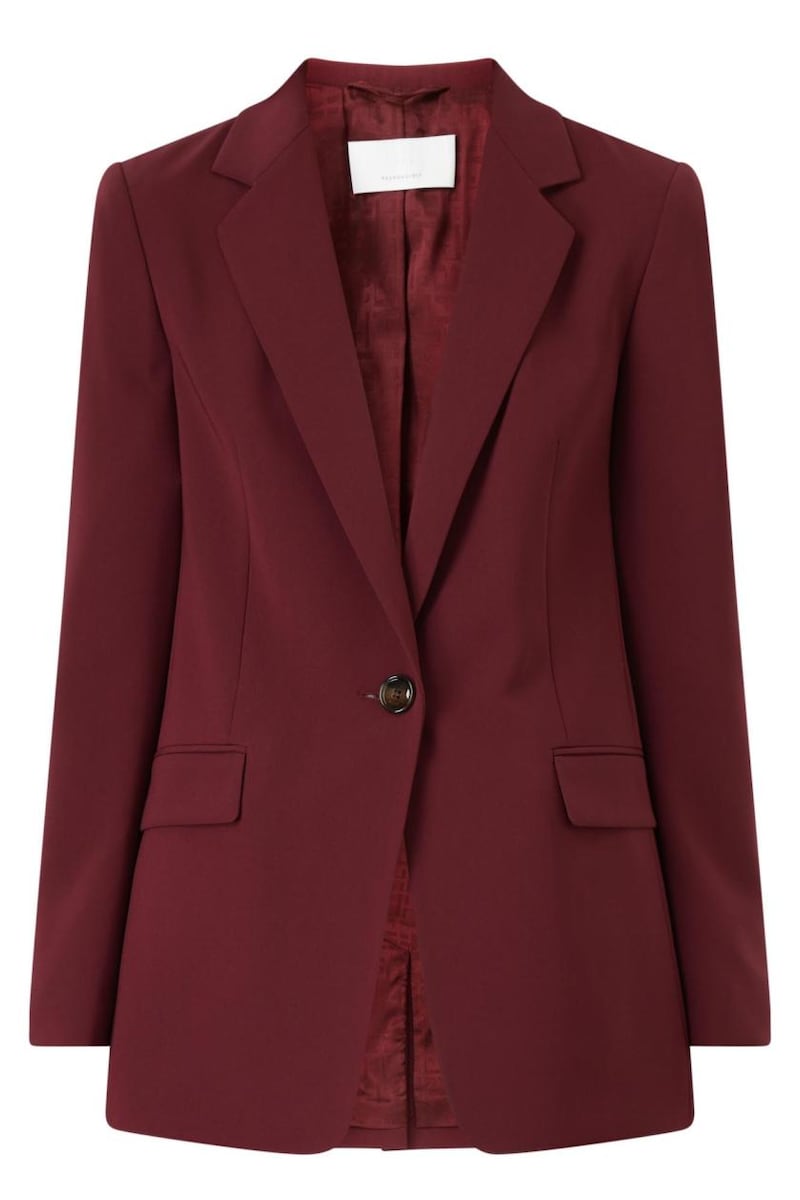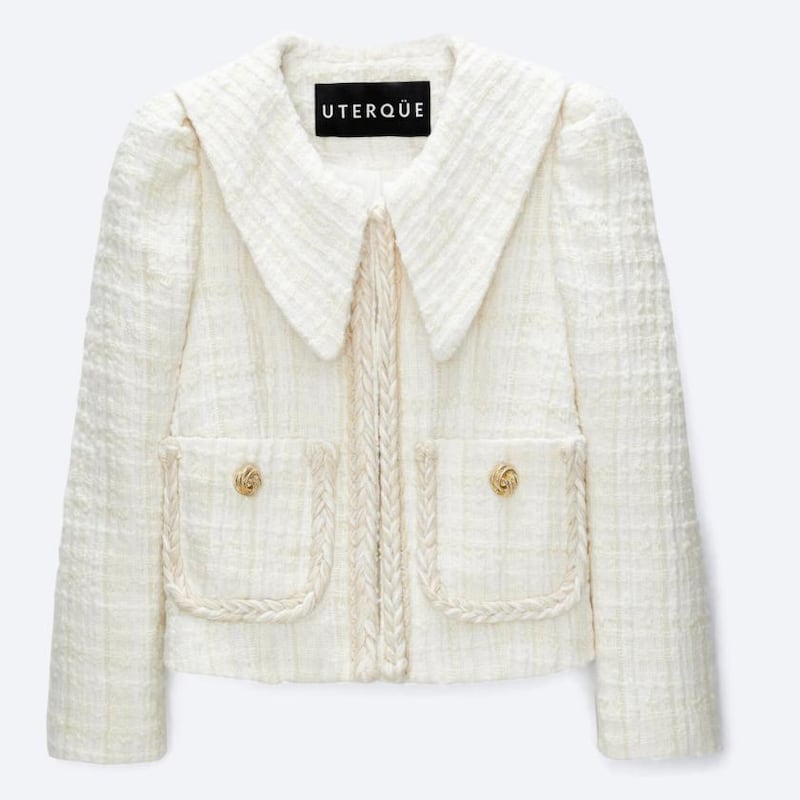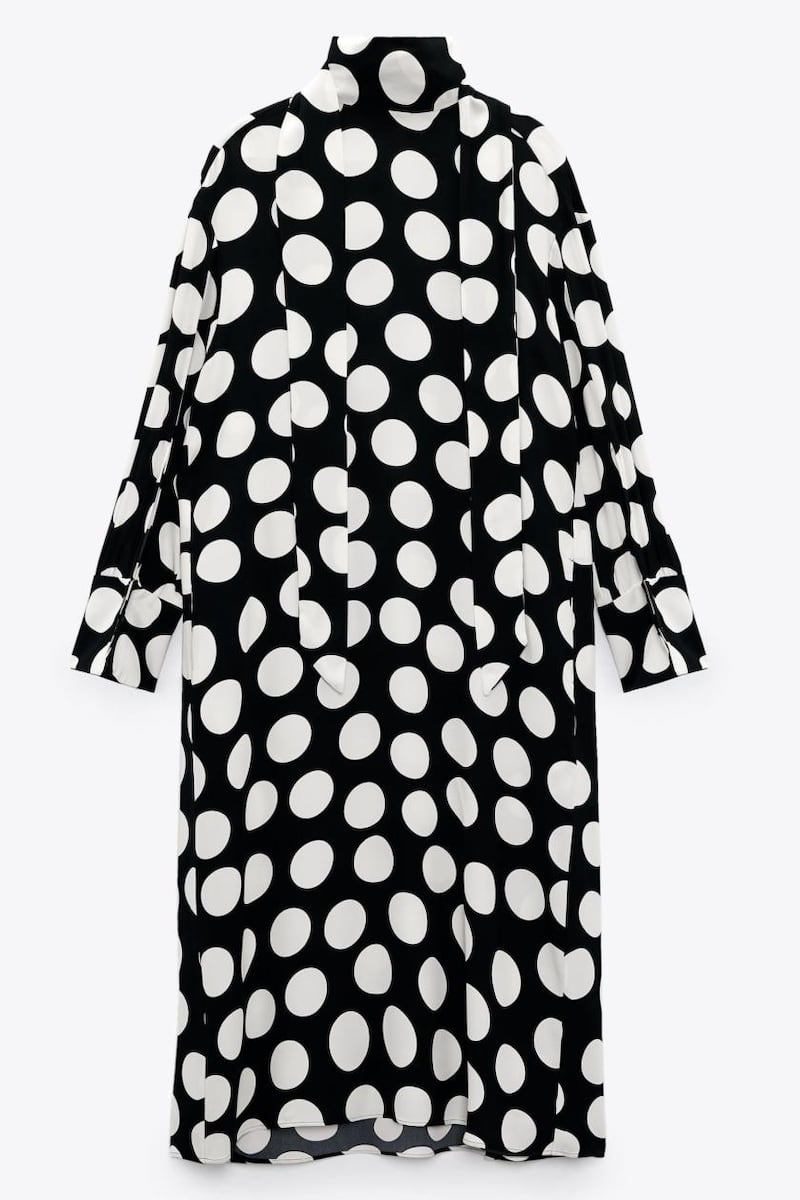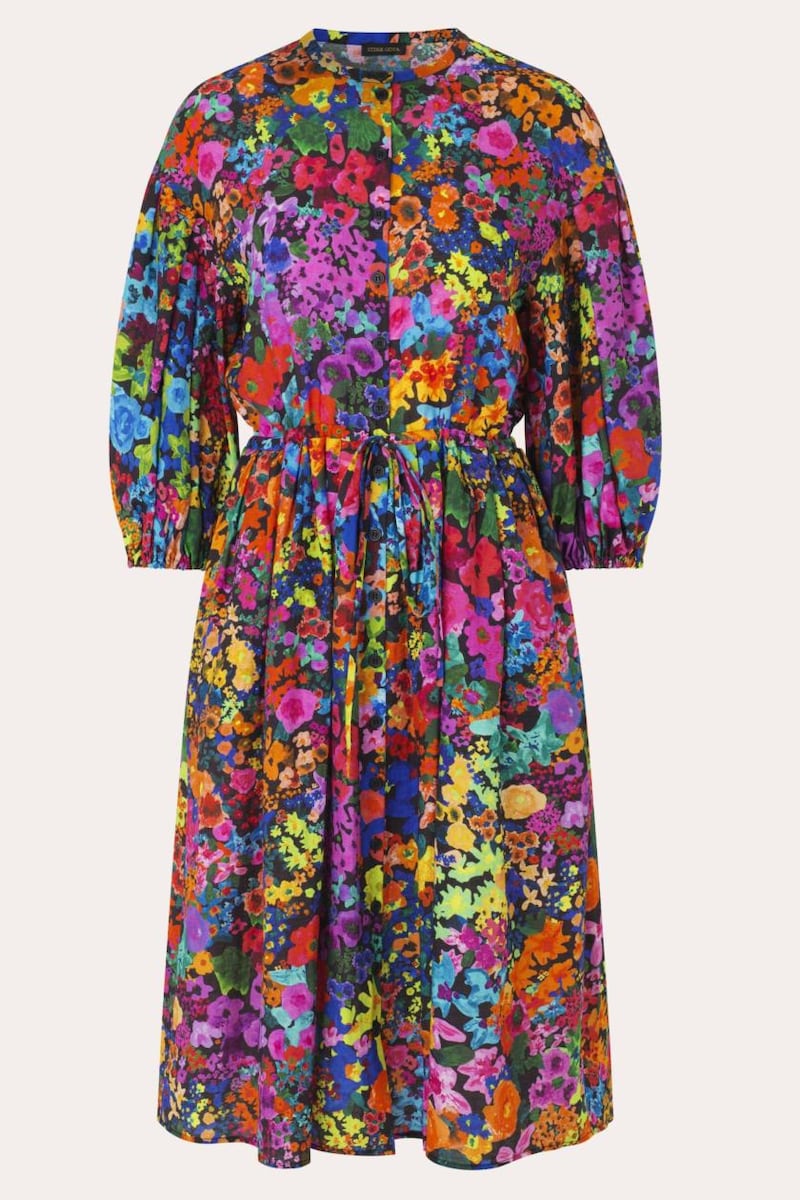The time has almost come to transition from the sittingroom to the boardroom, smarten up, switch up the makeshift table-cum-desk, and get dressed for real-life interactions with colleagues. All this talk about returning to the workplace naturally bubbles up first-day-back nerves and fretting about what to wear.
No more business on top, comfort below; now it’s business head-to-toe. So does that mean we will have to forgo comfort altogether? If anything, the pandemic brought a simple way of dressing that didn’t involve restrictive waistbands and a considerably shorter morning routine. As we prepare for the return to the workplace, it’s about adopting this uncomplicated approach to getting dressed to face the real world. Dressing the part remains integral, but it’s about punctuating those polished, professional pieces with some level of comfort.
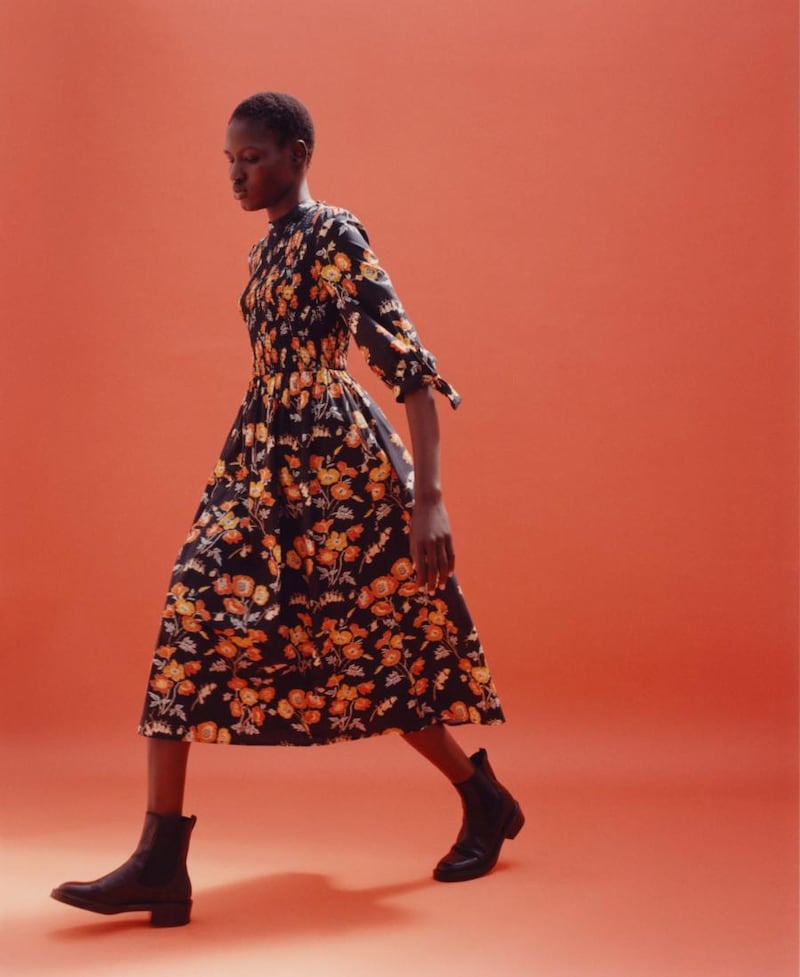
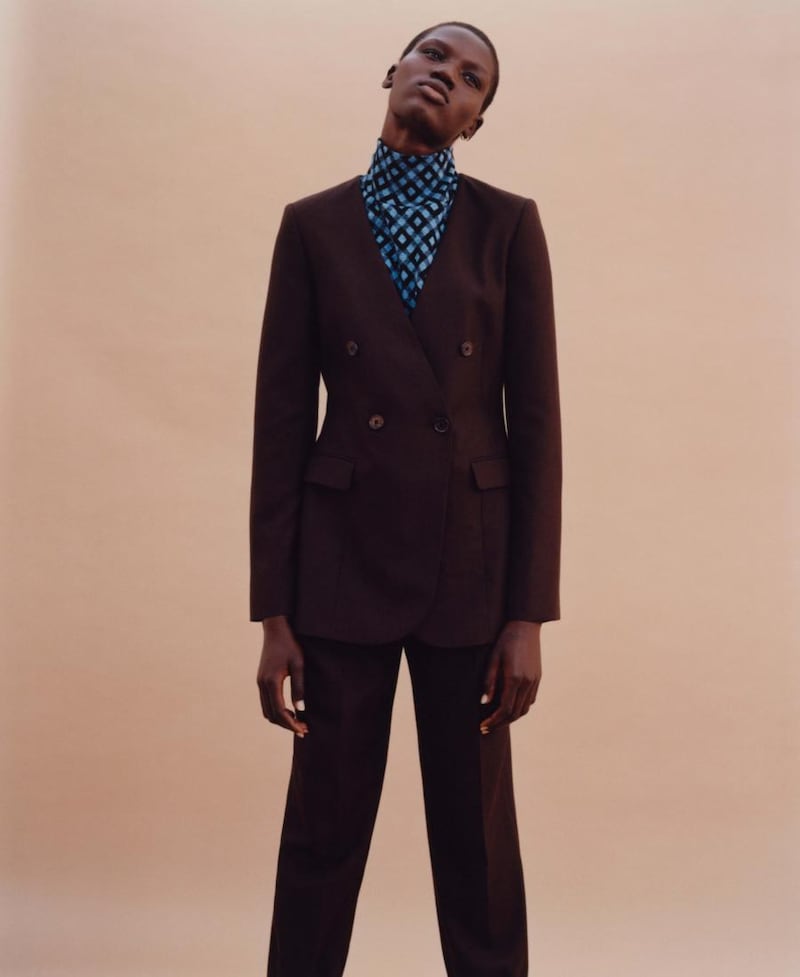
"We were headed in this direction pre-pandemic, but working from home has sped up the migration to a more casual dress code for most businesses," says stylist Isabel Gleeson. "Management should be able to trust their employees to dress for the day they have ahead."
New terms to describe this sartorial era of the workplace are emerging, such as “business comfort”, “power casual” and “work-leisure”, which proves versatility and comfort are paramount to employees.
Clothing that, initially, you wouldn’t have considered for nine-to-five is now emerging as office-appropriate. Slouchy replaces structured, with relaxed and loose-fitting styles dominating. Think tailored joggers, oversized blazers, fluid dresses and trainers that can be paired with your existing workwear pieces to transition from virtual to face-to-face.
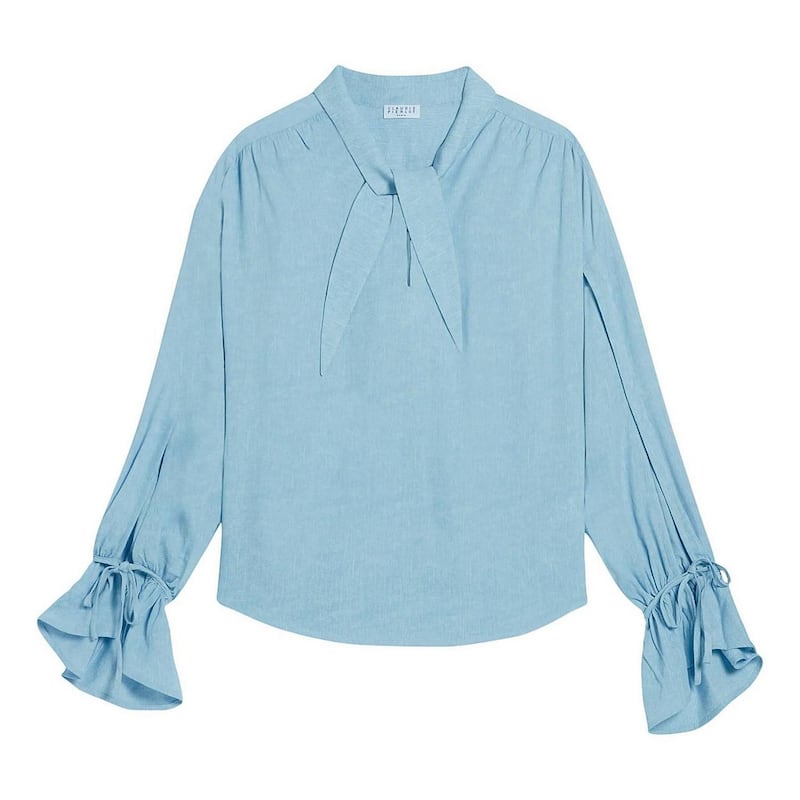
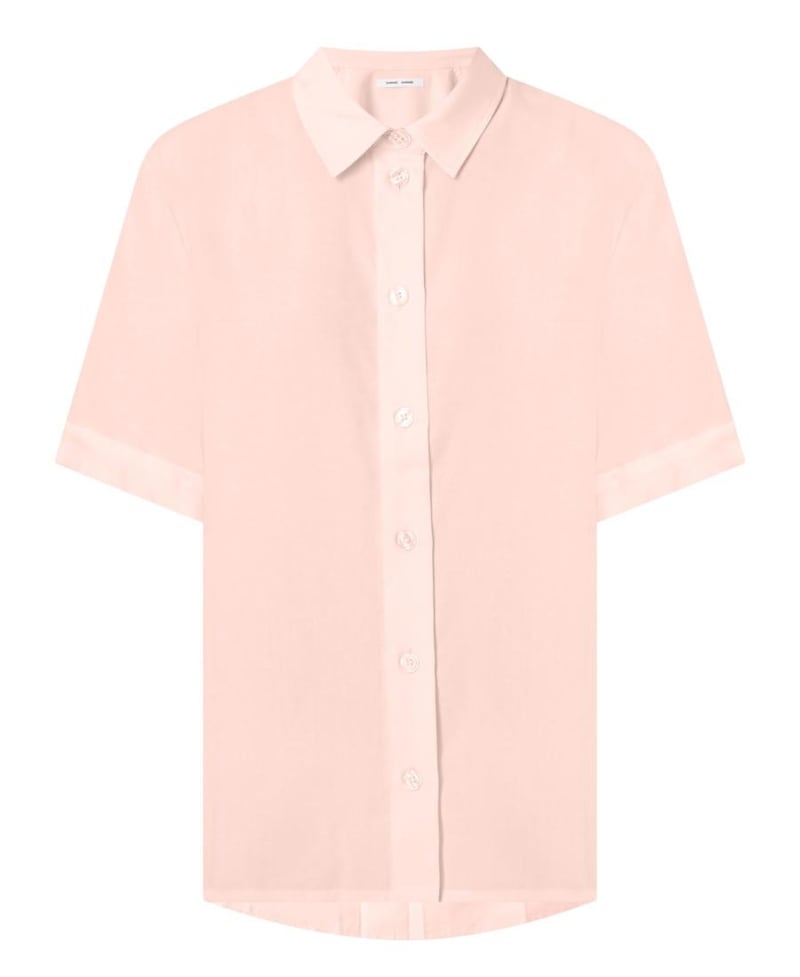
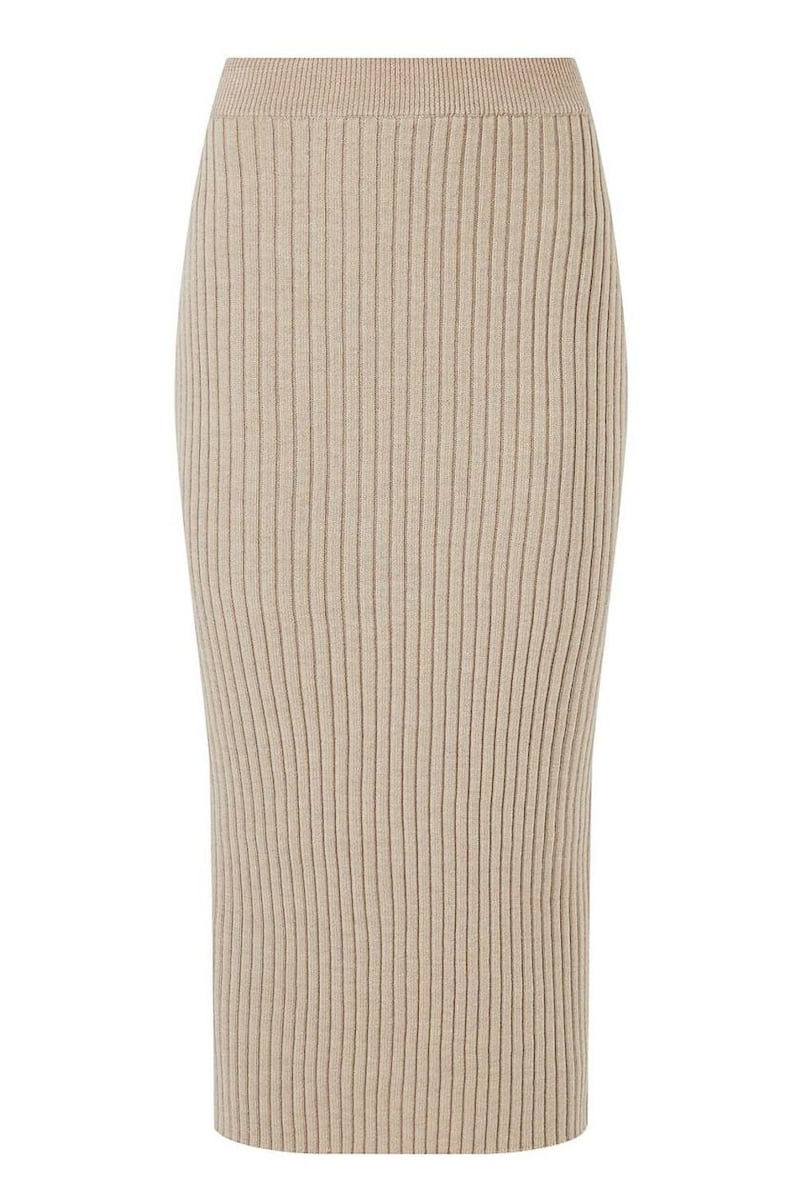
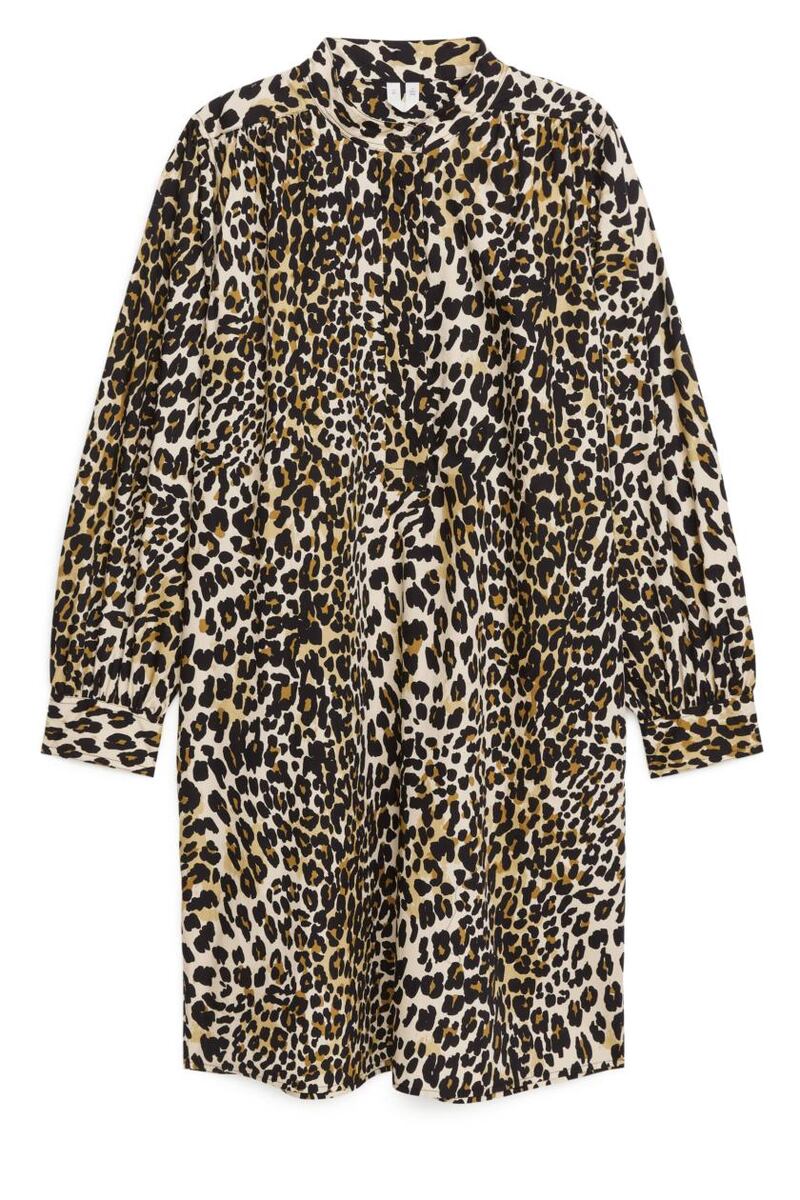

There were plenty of examples of how this can play out on the runways, with designers including Victoria Beckham, Jil Sander, Stella McCartney and Rejina Pyo showcasing fresh office-ready ensembles.
Personal shopper Orla Sheridan says: "Traditional workwear brands like Hugo Boss, Theory, Vince are moving away from the more structured power suits towards chic, comfortable, fashionable, sophisticated pieces."
On the high street, brands are adapting their collections in response to the comfort-first workwear demand. “Brands like Cos, Arket, Kooples, Maje & Sandro are great for creating work looks that are smart-looking and edgy,” says Sheridan. Elsewhere, Gleeson taps Kitri, Ghost and Sezane as some of the brands embodying the new era of workwear.

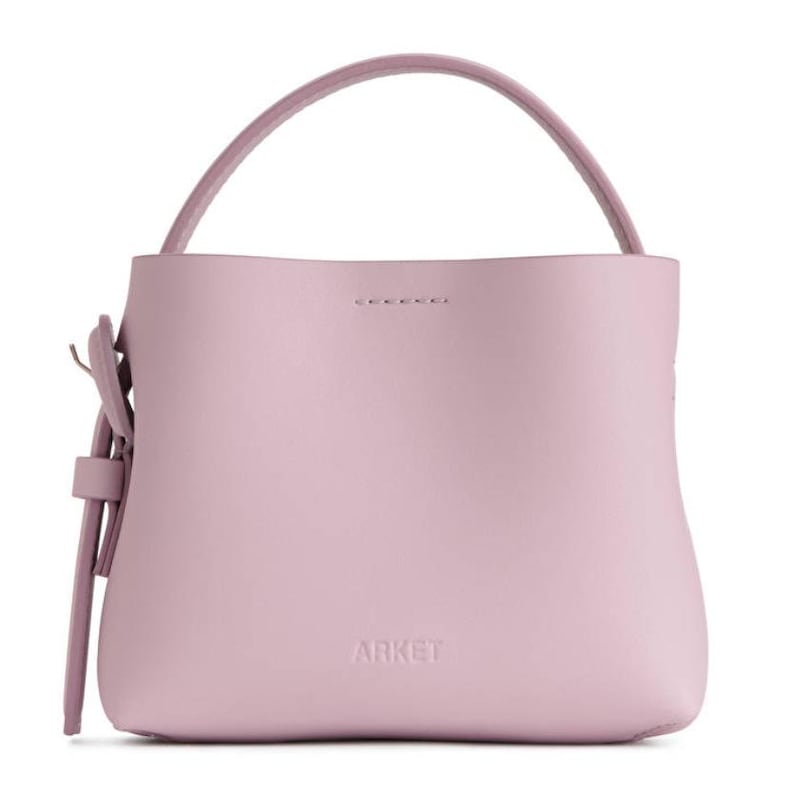


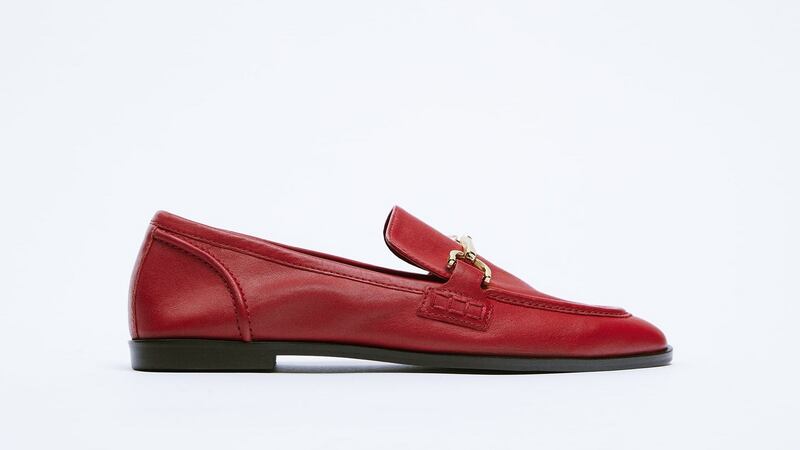
Returning to the workplace is also a chance for renewal, the excitement of dressing up again and injecting your workwear with more personality. “I think office workwear will now consist of women being able to put more of their own personal style into their outfits; they won’t be as restricted to stick to a dress code and overthink what’s appropriate,” says Gleeson.
Sheridan agrees, saying: “I think [the pandemic] has ripped up the playbook of how we all thought we had to dress at work. Fashion in the workplace was seen as a frivolous endeavour, but now we can use it to our advantage, using it as a form of self-expression.”
For business but also pleasure, lines, it seems, will be blurred as to what counts as workwear and what counts as off-duty, something that Gleeson thinks is a good thing. “It means we can buy less clothing as our weekend wear will also work for workdays, promoting a sustainable message about not buying unnecessary pieces for our wardrobes.
“You can dress up the same pieces for out-of-work hours.”
